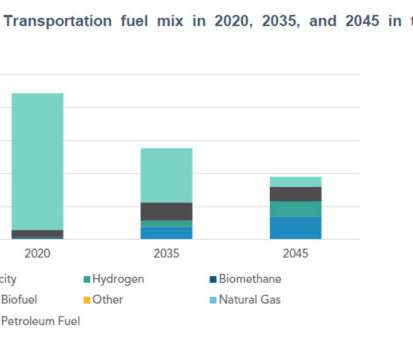California Air Resources Board Releases Draft Scoping Plan Update (Part 3)
Clean Energy Law
JUNE 1, 2022
The program’s original target was to reduce the carbon intensity (CI) of transportation fuel used in California by 2020 at least 10% from a 2010 baseline. aviation fuels); and providing capacity crediting for hydrogen and electricity used for heavy-duty vehicle fueling. [5].















Let's personalize your content